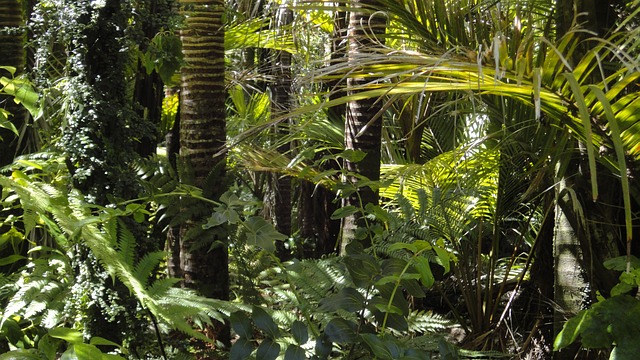Tag: Earth
-
Layers of the Atmosphere for Kids
The atmosphere of the earth is made up of a mixture of gases. This pool of gases behaves like a ‘filter’ and saves us from harmful radiation of the sun. In a group, these atmospheric gases behave as one unit which we label it as air. Since gravitational force of the earth attracts everything downward,…
Written by
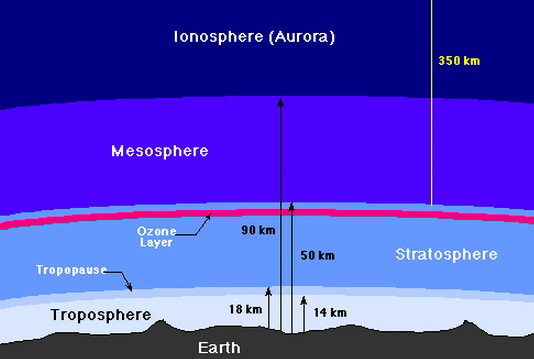
-
Desert Facts For Kids
Desert Facts For Kids A desert is simply that part of the land which is dry and barren and that considerably lacks vegetation bearing low amount of vegetation. The water is lost in these regions through the process called evapotranspiration instead of falling as precipitation. The desert-dwelling plants are specifically adapted to such a little…
Written by

-
Volcano Facts For Kids – Amazing Facts About Volcano
Volcano Facts For Kids Do you know the force at which a volcano goes off is like exploding 1,000,000 nuclear bombing? The temperature of a volcanic emission (lava) is very hot and is about 2,200oF. There is a coast in Hawaii that has green sand which was made as a result of collision with a…
Written by
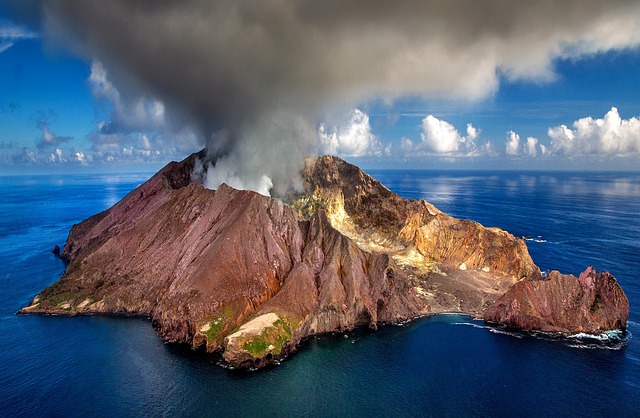
-
Earthquake Facts For Kids | Causes and Classification
What is an Earthquake In general, earthquake refers to any volcanic activity which results in producing seismic waves. When rocks deep inside the earth are caused to experience a lot of stress due to tectonic forces acting on them. As a result of this severe stress, these rocks undergo a change in their shape and…
Written by
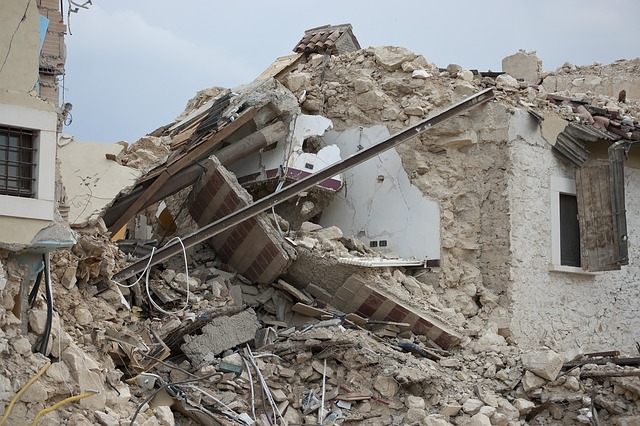
-
Moon Facts For Kids | The Only Satellite Of The Earth
Since Moon is the only planet in our solar system to which humans have reached so far, so there is a lot to know in Moon facts for kids. The size of the Moon is much smaller than the Sun but it’s quite big as compare to our planet. Unlike the Earth, the crust, mantle…
Written by

-
Earth Facts For Kids | The Blue Planet
Earth is also known as ‘Blue Planet’ because it looks like a blue ball from outer space. This blue color is due to the waters of the oceans which cover more than 70 percent of the planet. Earth is the only planet in our solar system to support natural life and has water on it.…
Written by
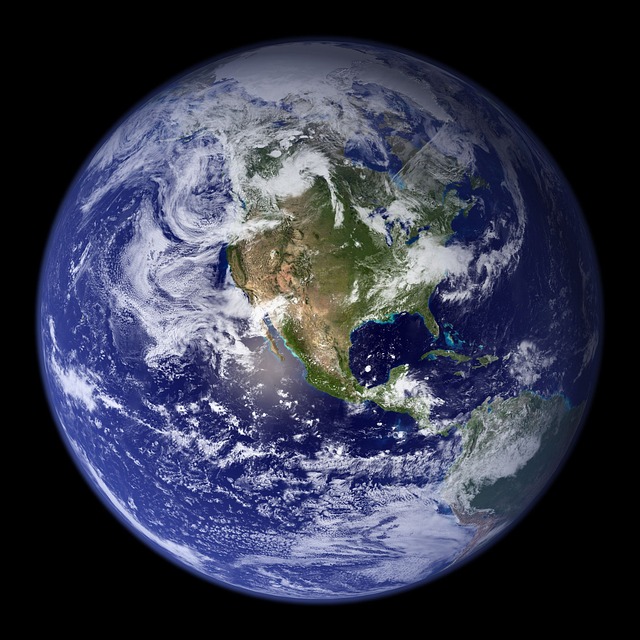
-
Rainforest Facts For Kids | Top 27 Facts
Hi kids! Are you looking for some of the interesting rainforest facts for kids? Yes, then don’t worry because you don’t have to hang around anymore. We’ll discover some of the hidden truths pertaining to the rainforests. To start with, do you know why they are called rainforests? Well, simply because they have maximum quantity…
Written by
